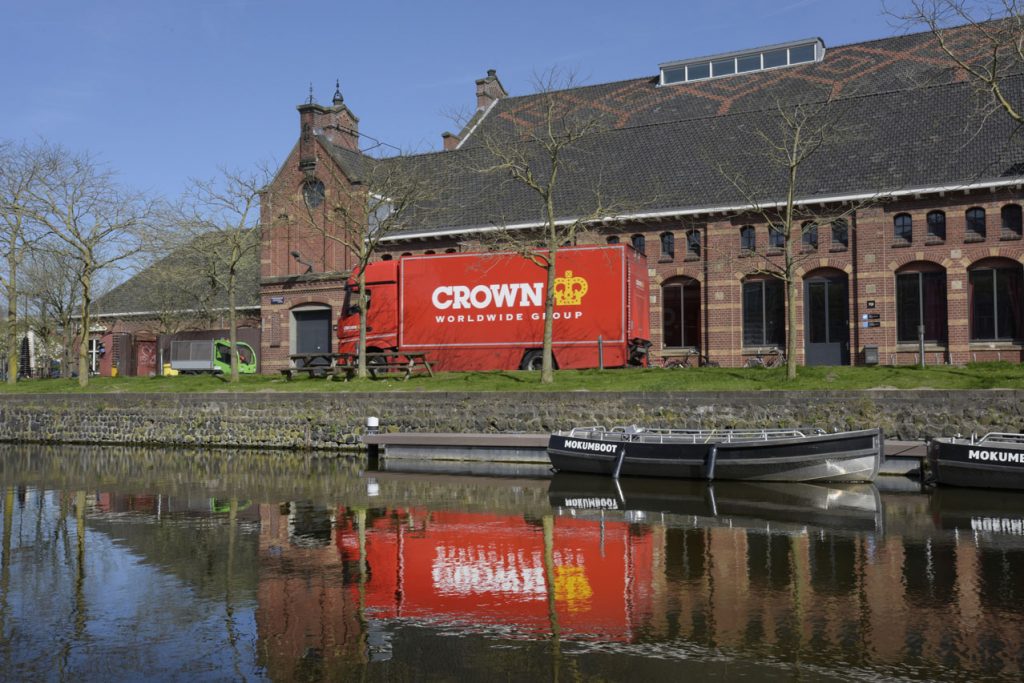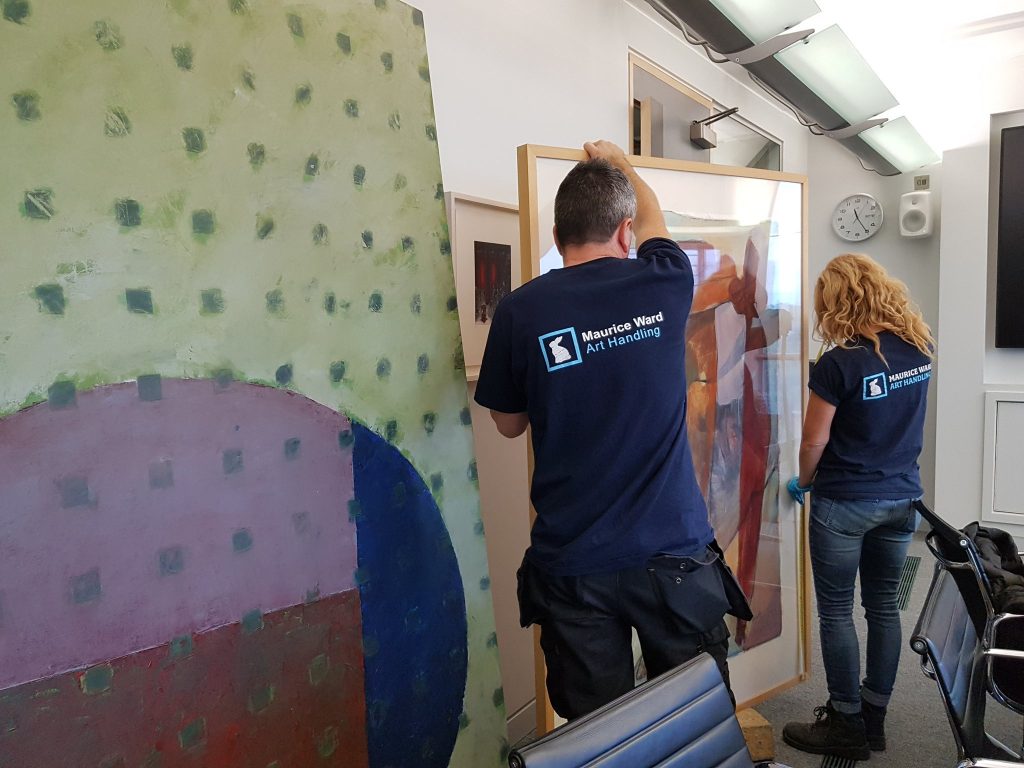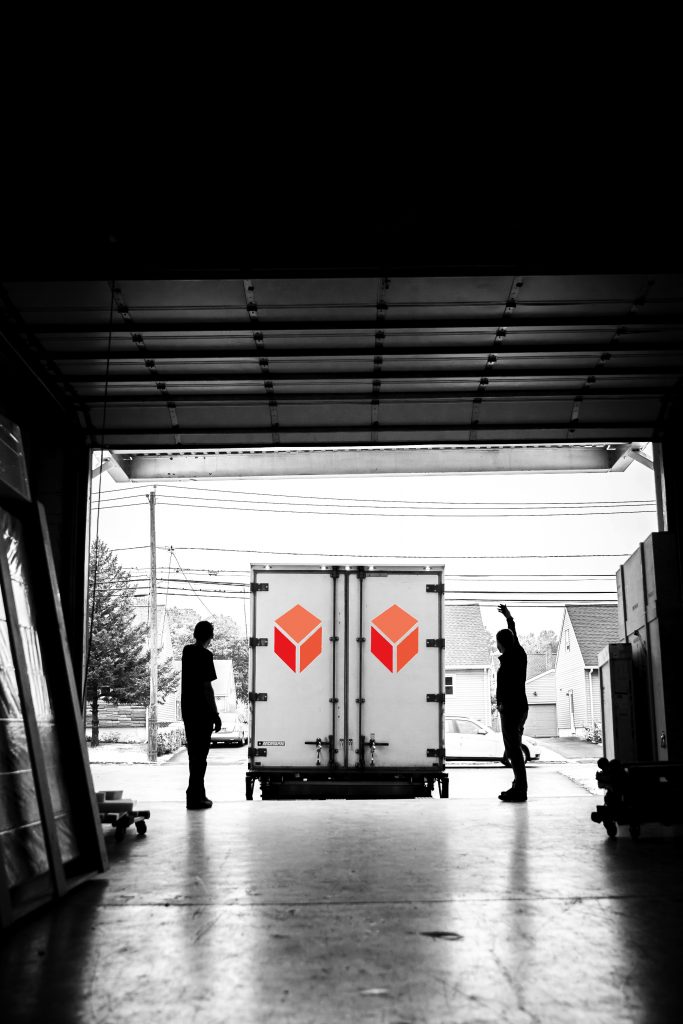
Since the United Kingdom voted to leave the European Union in 2016, fine art shippers across Europe, the UK and beyond were preparing for Brexit and the end of the Transition Period in December 2020. In the first of this two part Brexit blog we look at several key topics including the preparations for the UK to become a third country, the Irish Border, concerns held by those further afield and finally the lay of the land post the transition period. Although our members had planned for varying scenarios regarding the future relationship between the EU and UK, there were various uncertainties felt by our membership leading into the final part of the Transition Period. Preparations in the EU and UK were also made more difficult by the global pandemic, for which it would have been impossible to be prepared. For this first of two blog posts considering Brexit and its aftermath, we have spoken to ICEFAT members around the world to find out more about their preparations and experiences during the lead up to the end of the Brexit Transition Period. A second post will consider ICEFAT members’ experience of transporting across the border in the first days afterwards, and now, over three months on.
‘Third Country’ Preparations
The UK leaving the EU at the end of the Transition Period without a trade agreement looked a very real possibility in the final months of 2020, and ICEFAT members around the world were preparing for it. With ever-changing dates for the UK’s withdrawal from the EU, members were fully prepared for a no-deal Brexit to occur. Shippers within the UK were very conscious of the fundamental adjustments inherent in becoming a “third country,” which would affect their international operations and did all they could to ensure business continuity whatever the case.
It was impossible for shippers to make any firm arrangements with there being no clarity as to whether a deal would be agreed. As well as this, David Preston, UK & Ireland Director at ICEFAT member Crown Fine Art UK, points out that the last-minute nature of the Deal’s eventual agreement meant “we were waiting until what seemed the final moments [of the Transition Period] for announcements on how the governments will practically action [the UK-EU deal].” Shippers could not implement measures before the negotiations had their outcome and clarity was not forthcoming in the short period following its signing. This uncertainty was felt by others. Gander & White Shipping, who have European facilities in the UK and France, were “as ready as possible by the end of the year,” according to Sonja Kappenburg, Director of Gander & White Shipping’s France facility. Despite this being the case, “unfortunately, there was still a lot of ambiguity or disagreements in published texts between France and the UK,” says Kappenburg. The Deal’s signing on Christmas Eve – seven days before the end of the Transition Period – made it difficult for any shipper anywhere to prepare totally for the UK’s new designation as a third country.
Across Europe, shippers who regularly delivered to UK clients were preparing systems to manage all documentation that would become necessary to deliver to the UK. Arno Brons, Customs Handling Declarant at Crown Fine Art, says that “we already had the customs licences, permits and software in place to declare import and export entries to customs,” and thus were ready for shipping to a third country, as the UK was about to be. However, separate registrations are required for the UK. An EORI number, necessary to move goods between the UK and other countries, and Goods Movement Reference numbers for all their vehicles will all need to be in place by the end of the post-Transition grace period in June 2021.

The Irish Border
While much emphasis has been placed on the Channel as the UK’s border with the EU, Ireland-based Maurice Ward Art Handling were considering the UK’s westernmost boundary lines with the EU: the Irish Sea and Northern Ireland borders. Despite Deal/No-Deal concerns, the company felt “very prepared” moving into the final weeks, with “increased staff numbers and training [and] worked with clients in advance of this change, conducting socially distanced or remote one-to-one meetings, as well as more general industry focused talks,” says Mary McLoughlin, Director of the company. The unique challenge of operating in the only EU country that shares a land border with the UK (the Northern Irish border) was negated by the negotiated Northern Ireland Protocol, which allows the continuation of free movement of goods, including art, across that border. Despite this, Maurice Ward are conscious that the UK’s continued dialogue with the EU may lead to adjustments to the Protocol and they remain alert to this by closely monitoring all official channels. This is good practice for all EU ICEFAT members, to ensure they are up to date with all developments regarding the EU’s future relationship with the UK.
For decades, Irish importers and exporters have utilised the “UK landbridge” as an easy and inexpensive connector between Ireland and continental Europe, as direct sea transport has taken more time and been more costly to use. Despite the introduction of direct routes between Ireland and France/Belgium, Maurice Ward Art Handling will continue to decide which route to use on a case-by-case basis, saying “determining which route to take is based on multiple factors including client needs, temporary or permanent export/import and type of transport documents required.”

Concerns Beyond Europe
Beyond the UK and EU, many ICEFAT shippers globally were concerned that congestion at the ports and airports would occur as a kick-on effect of the lack of Brexit clarity. Many members encouraged clients to ship well in advance of the Transition Period ending, including Kingsley Mundey, Managing Director of Australia-based ICEFAT member IAS Fine Art Logistics. Mundey says “this was partly because of the Christmas peak but also because no one definitively knew what impacts Brexit would have on documentation and customs delays.”
The uncertainty for many shippers located outside Europe was negated by the insights provided by European ICEFAT members much closer to the situation. John McCollum, Fine Art Logistics Manager at US-based SRI Fine Art Services notes that “we were getting updates from our ICEFAT partners regarding upcoming shipments and we felt we would be in good hands during the transition.” The valuable “on the ground” awareness that UK and EU shippers could give to other ICEFAT members around the world enabled those members to advise and act with more confidence with their clients as shown by McCollum of SRI who says that “our partner ICEFAT members kept us informed during the estimate phase of a future project that would occur after the transition period.” In Argentina, ICEFAT member Delmiro Mendez e Hijo could similarly call on advice from European ICEFAT colleagues. Santiago Mendez, the company’s Shipping Coordinator, says that “we asked several questions to ICEFAT member colleagues in order to know the new basis for customs procedures. Trust in our business and in ICEFAT as a general reliable source of knowledge is very important in order to keep business running. Having to understand the regulations of foreign countries is not easy – especially after a complete overhaul!” The networks that ICEFAT facilitates provides shippers with local knowledge wherever in the world they are located.
Post Transition Period Practicalities
For the real logistics of shipping between the EU and UK, shippers looked to existing third country-EU shipping routes currently well worn by fine art shippers. Switzerland was seen by some EU ICEFAT members as a template for future work with the UK. “We see our preparation as the same as if we go to Switzerland [for a delivery],” says Paul-Stephen Merton of Germany-based Brandl Transport; “what was the normality for Swiss shipments is now standard on many more that are going through the UK.” The company will continue its weekly truck service between Cologne and London. Merton’s existing third country approach was echoed by other EU-based shippers, such as Maurice Ward Art Handling in Ireland, who based their preparations and expectations on customs experience with other third countries too. In the UK, David Preston of Crown Fine Art says that the company was prepared for the administrative processes of being a third country but predicted that the borders would be where difficulties would occur. Preston says: “What was hard to predict was the delays and controls at the borders, worsened still by recently enforced COVID-19 movement restrictions for drivers.” The real stress test will begin when the art market accelerates again as the pandemic reaches its final stages. The administrative and practical Brexit preparations made by customs officials in the EU and UK will then be dealing with a much busier system.
With these concerns, predictions and preparations in mind, most ICEFAT members felt as prepared as possible for the adjustment to the EU-UK art market axis that was about to take place following the end of the Transition Period in December 2020. Upskilling their workforces and educating their client base put members on both sides of the border in a good place to deal with the coming months. In the next post, we will look at how our membership coped with the end of the Transition Period, and how they are managing the situation now.



